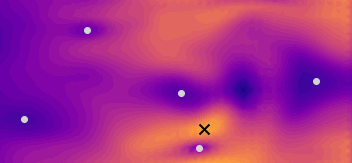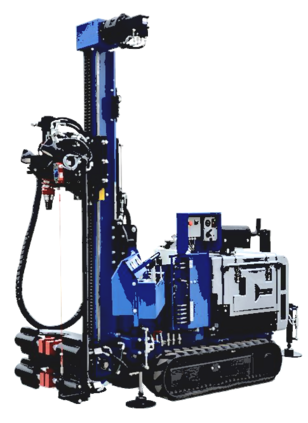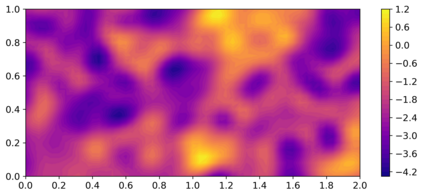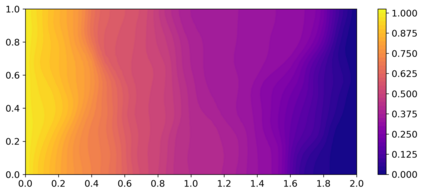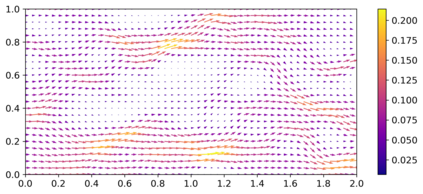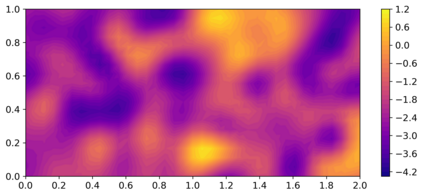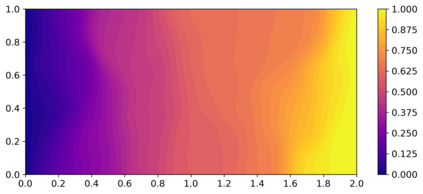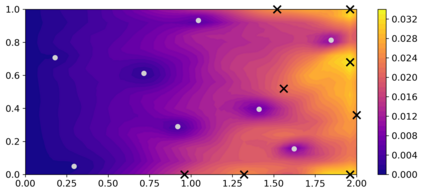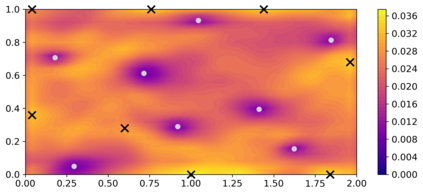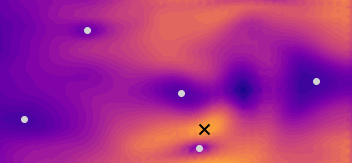We present a novel approach to adaptive optimal design of groundwater surveys - a methodology for choosing the location of the next monitoring well. Our dual-weighted approach borrows ideas from Bayesian Optimisation and goal-oriented error estimation to propose the next monitoring well, given that some data is already available from existing wells. Our method is distinct from other optimal design strategies in that it does not rely on Fisher Information and it instead directly exploits the posterior uncertainty and the expected solution to a dual (or adjoint) problem to construct an acquisition function that optimally reduces the uncertainty in the model as a whole and some engineering quantity of interest in particular. We demonstrate our approach in the context of 2D groundwater flow example and show that the dual-weighted approach outperforms the baseline approach with respect to reducing the error in the posterior estimate of the quantity of interest.
翻译:我们对地下水调查的适应性最佳设计提出了一种新的方法,即选择下一个监测井位置的方法。我们的双重加权方法借用了巴伊西亚最佳优化和面向目标的错误估计来提出下一个监测井的想法,因为现有水井已经提供了一些数据。我们的方法不同于其他最佳设计战略,因为它不依赖渔业信息,而是直接利用后方不确定性和预期的双重(或重叠)问题的解决办法来构建一种获取功能,以最佳地减少整个模型的不确定性,特别是某些感兴趣的工程数量的不确定性。我们在2D地下水流量实例中展示了我们的方法,并表明双重加权方法在减少利益量后方估计错误方面超过了基线方法。

